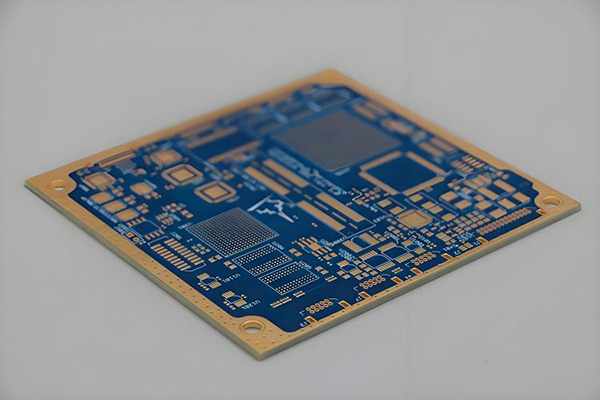High-frequency printed circuit boards (PCBs) are essential components in various applications, including telecommunications, radar systems, wireless communication, and high-speed data processing. The performance of these PCBs heavily relies on the choice of materials used in their design and assembly. This article discusses the top materials used in high-frequency PCB de¬sign and assembly, highlighting their properties and benefits.

Base Materials: The base material is the foundation of a high-frequency PCB and plays a crucial role in determining its electrical properties. Some of the top base materials used in high-frequency PCBs include:
FR-4: A popular and cost-effective epoxy resin fiberglass composite, FR-4 offers good mechanical and thermal stability. However, its dielectric constant (Dk) and dissipation factor (Df) may not be ideal for high-frequency applications.
Rogers Materials: Rogers is known for its high-performance dielectric materials, such as RT/Duroid. These materials have excellent dielectric constant (Dk) and dissipation factor (Df) values, making them suitable for high-frequency PCB applications.
Taconic Materials: Taconic offers a range of high-performance dielectric materials, including PEEK (Polyether Ether Ketone) andpolyimide. These materials provide good thermal stability and low Df values, ideal for high-frequency circuits.
Conductive Materials: The choice of conductive materials is critical in high-frequency PCB design as they determine the circuit’s conductivity, resistance, and signal integrity. Some common conductive materials used in high-frequency PCBs include:
copper: Copper is the most commonly used conductive material due to its excellent conductivity and affordability. However, its resistance increases with frequency, so thinner copper layers may be used in high-frequency applications.
Gold: Gold is known for its excellent conductivity and low resistance, making it ideal for high-frequency PCBs. It also offers good corrosion resistance and durability. However, gold is more expensive than copper, limiting its use in cost-sensitive applications.
Aluminum: Aluminum is a less common choice for high-frequency PCBs but can be used in specific applications where weight and cost are primary concerns. Its conductivity is lower than copper and gold, which may require additional considerations in design.
Dielectric Materials: Dielectric materials are used to insulate the conductive traces on a PCB and play a crucial role in determining the PCB’s electrical properties. Some top dielectric materials used in high-frequency PCBs include:
Air: Air is the most common dielectric material and offers excellent electrical performance at high frequencies. However, its thermal stability is limited, and it may not be suitable for high-temperature applications.
Polyimide: Polyimide is a high-performance dielectric material known for its excellent thermal stability and low Df values. It is often used in high-frequency PCBs requiring withstand high temperatures.
Epoxy: Epoxy-based dielectric materials provide good mechanical and thermal stability. They are commonly used in FR-4 base material and offer good electrical performance up to a certain frequency.
The choice of materials used in high-frequency PCB design and assembly is crucial for achieving optimal performance. The base material, conductive materials, and dielectric materials all play a significant role in determining the PCB’s electrical properties, signal integrity, and reliability. Designers must carefully select these materials based on the specific application requirements to ensure optimal performance and functionality. As technology continues to evolve, new materials and advancements in existing materials will continue to emerge, further enhancing the capabilities of high-frequency PCBs.
